1. Pumpkins were a major part of Yayoi Kusama’s diet during World War II
As a child during that tumultuous period, Kusama’s family relied on pumpkins to feed them, having grown fields of pumpkins in their nursery. Representing comfort and security to the artist, their “solid spiritual balance” appeal to her. The 88-year-old has since presented a new technique to her depiction of pumpkins by using mosaic tiles to cover large pumpkin sculptures. You can also go inside a new pumpkin infinity room surrounded by yellow and black dots.
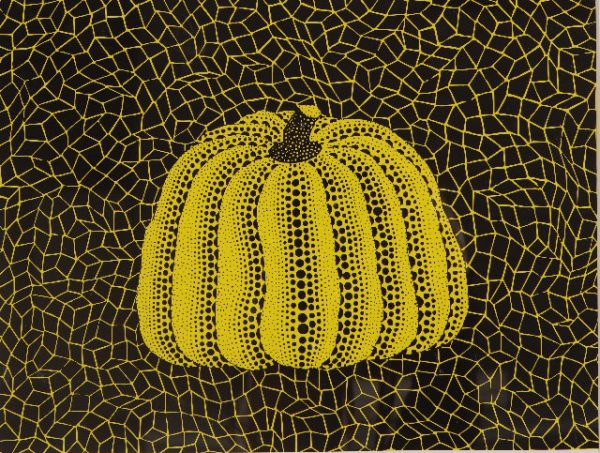
2. Her hallucinations started since she was a child
Her work in the ’50s commonly saw small loops painted over a monochromatic ground in a repetitive approach where surfaces are netted or dotted. An image garnered from the hallucinations she experienced as a child, the dots are her way of integrating herself. It’s a process she calls “self-obliteration”. Gallery A — the start of your Kusama journey of over 120 works — introduces you to the beginnings of this distinctive style.
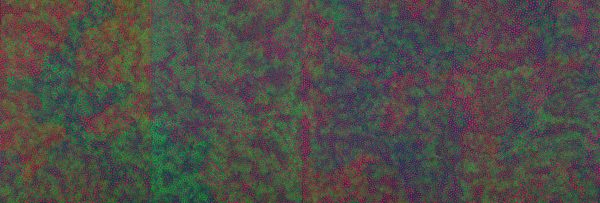
3. She’s used fashion as a statement way before her Louis Vuitton collaboration
Decades before designer Marc Jacobs tapped into the artist’s aesthetic for Louis Vuitton’s collection in 2012, Kusama had previously used style to broadcast her views. In 1966, she roped in Japanese photographer Eikoh Hosoe to capture her walking through the gritty streets of New York wearing a brightly coloured kimono and ornamented umbrella. It’s a show of isolation. Escaping the traditional roles of women in Japan in 1958, she moved to New York only to be an outcast as both a woman and a Japanese in the art world.
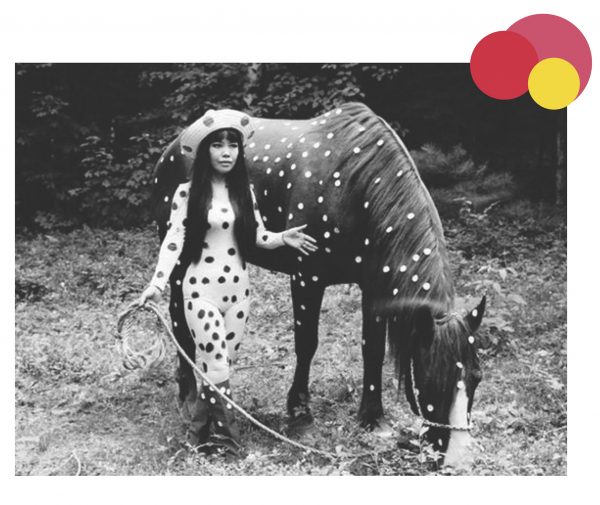
4. She used to spy on her adulterous father
Being the youngest child in the family, Kusama was often sent by her mother to spy on her father, who was involved in extra-marital affairs. She often caught him in the act — and this very early memory of sexual encounters led the artist to form her soft, phallic sculptures. Beings that emerged massively from the ’60s to the ’70s, Kusama’s phallic forms were her way to deal with and overcome the phobia. These soft sculptures can also be seen in more recent works like ‘The Sun Wants to Go on a Journey’ in 2012.
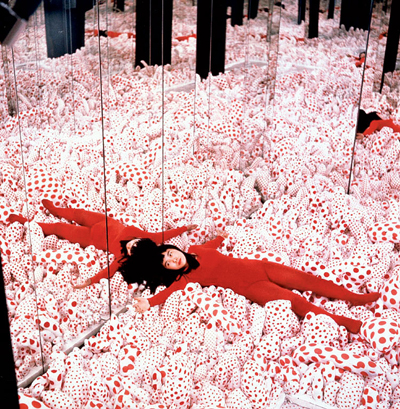
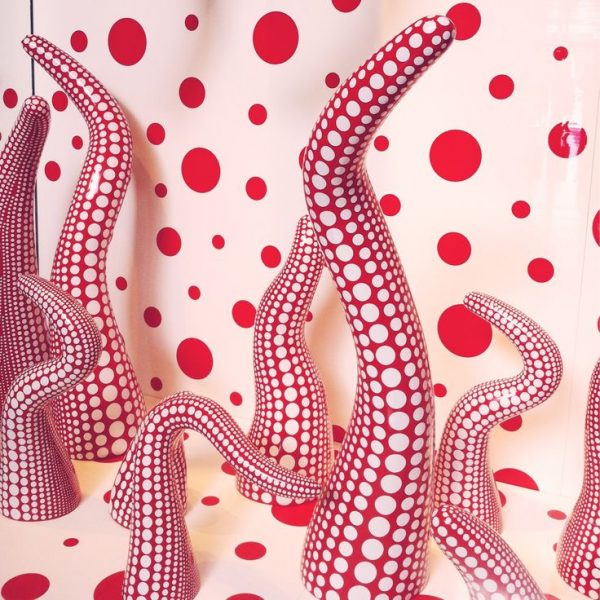
5. Her depiction of tulips might be Dutch-inspired
Among the depiction of flowers her family used to grow in their nursery in the artist’s beautiful but sometimes frightening and intimidating forms, tulips were particularly special. They first appeared in her early prints in the ’80s. It’s believed that as a result of her travels to the Netherlands in the ’60s, the tulip motif was representative of the influence the Dutch art movement had on her.
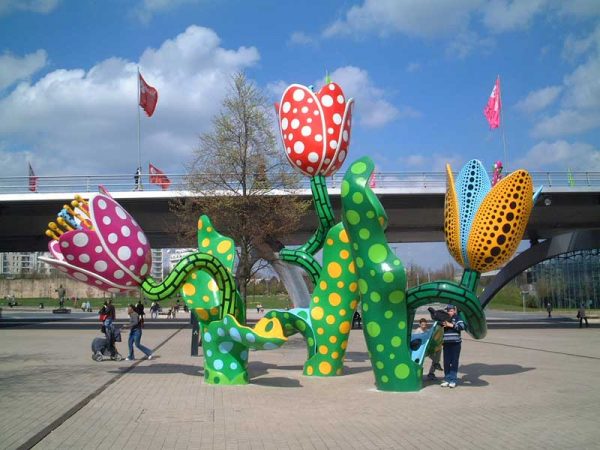
*extracted from the original article on Buro 247
